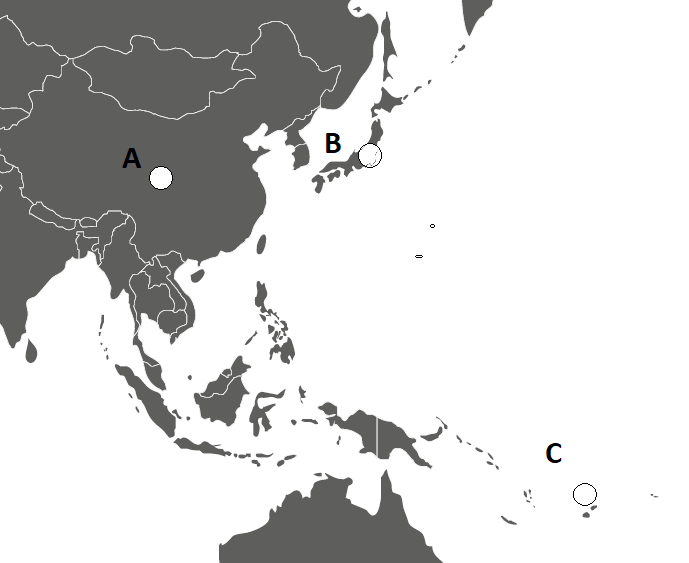
“Climate Action” is the topic of this unit.
■ Learn the vocabulary and expressions related to climate action and its countermeasures
■ Get to know and share your thoughts on the countries facing climate change and their countermeasures
■ Give a presentation related to climate change and its countermeasures







| 1. | Based on the article, what are some ways to strive for zero-waste fashion? |
| We can _______________ at _________________. |


| 2. | Did you do your research on the sub-textbook? Did you find an activity to solve production and consumption issues? Please tell me what the organization/association does and how you feel about it. |




In the next part, we are going to learn about “Climate Action.”

| 1. | Where is Fiji? A, B, or C? |
| The answer is _________. |



| 2. | What can you see in the pictures? Please describe as many as you can from each picture. |
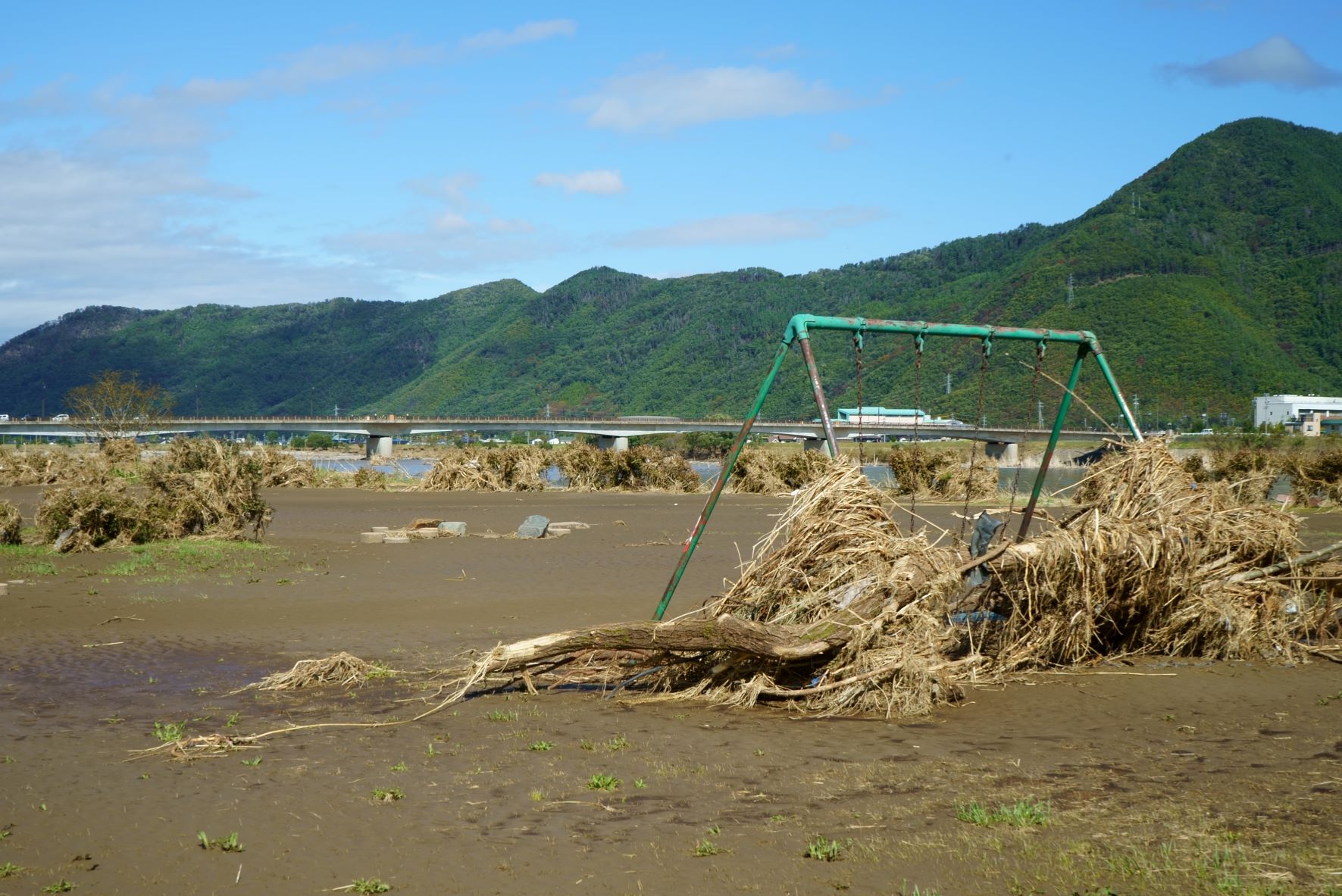 |
 |
| Answer: |






|
pledge 公約、誓約
Both parties have pledged to put an end to the fighting.
|
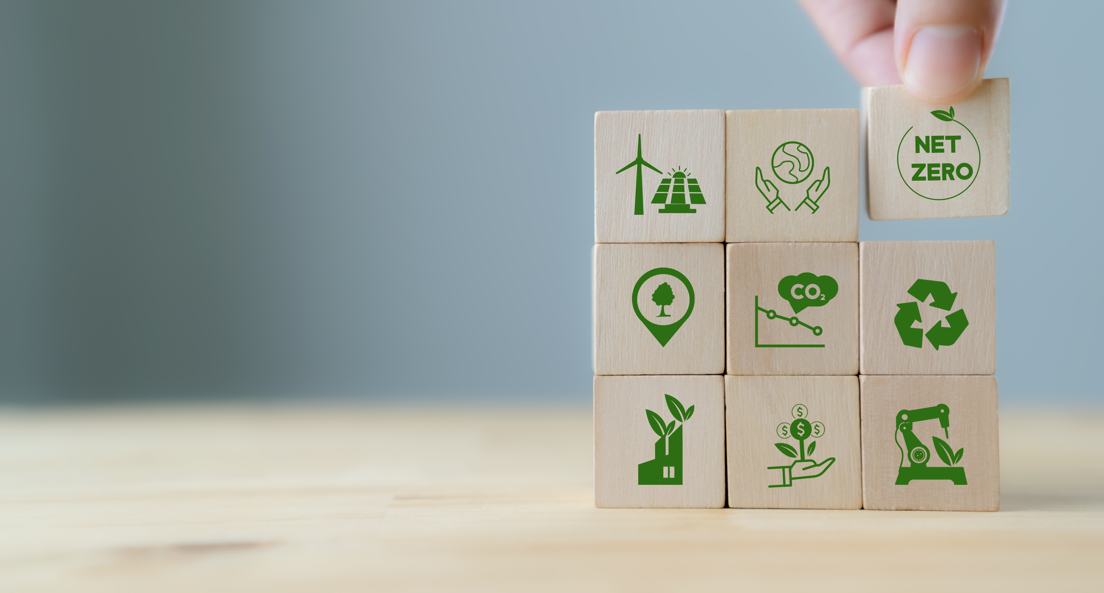
|
carbon-neutral カーボンニュートラルな(全体としての温室効果ガス排出量をゼロにすること)
Using reusable bags is part of our carbon-neutral efforts.
|

|
combat (…と)戦う
The government is spending millions of dollars to combat climate change.
|
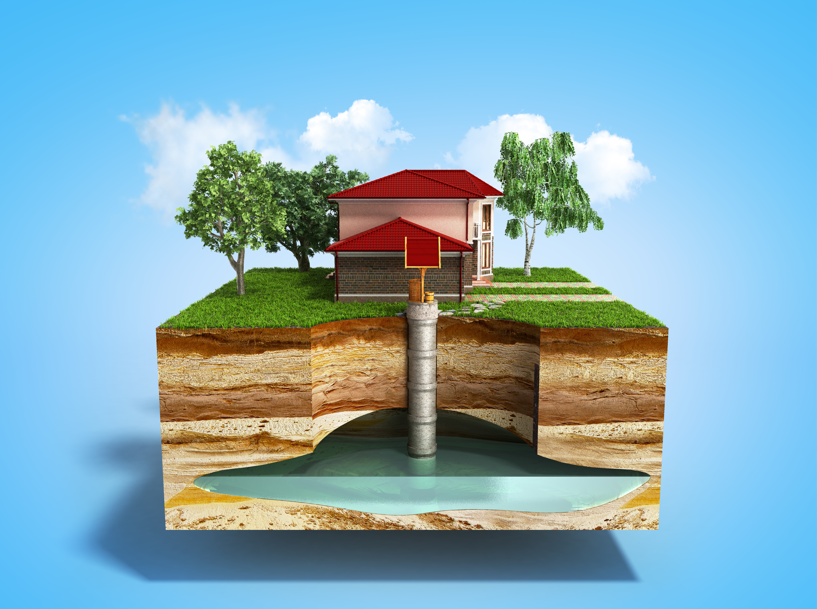
|
intrusion 侵入
Sea level rise also contributes to saltwater intrusion.
|




| 1. | He ___________ to keep the secret. |
| 2. | With a series of small individual efforts, we will be able to create a __________________ world. |
| 3. | We ___________ climate change to preserve as much green as possible. |
| 4. | Saltwater _______________ is a major issue that affects coastal aquifers all around the world. |




Then, let’s move on to the next part.

Drought, scarcity of water, severe fires, rising sea levels, flooding, melting polar ice, catastrophic storms, and declining biodiversity are all examples of climate change’s consequences. Some of us are already more vulnerable to climate change, such as those living in small island nations and other developing countries,
Sea-level rise and saltwater intrusion have forced entire towns to flee, and persistent droughts are threatening people’s lives. The number of “climate refugees” is expected to rise in the coming years. Everyone must take action to combat climate change.


| 1. | Based on the passage, what are the effects of sea-level rise and saltwater intrusion to people’s lives? |
| Answer: |

Furthermore, over 30 countries, six major vehicle manufacturers, and others have pledged to make all new car sales zero-emission by 2040 globally. It will also speed up the decarbonization of road transport, which presently accounts for around 10% of global greenhouse gas emissions. Moreover, financial institutions announced plans to redirect trillions of dollars toward achieving global zero-emissions.
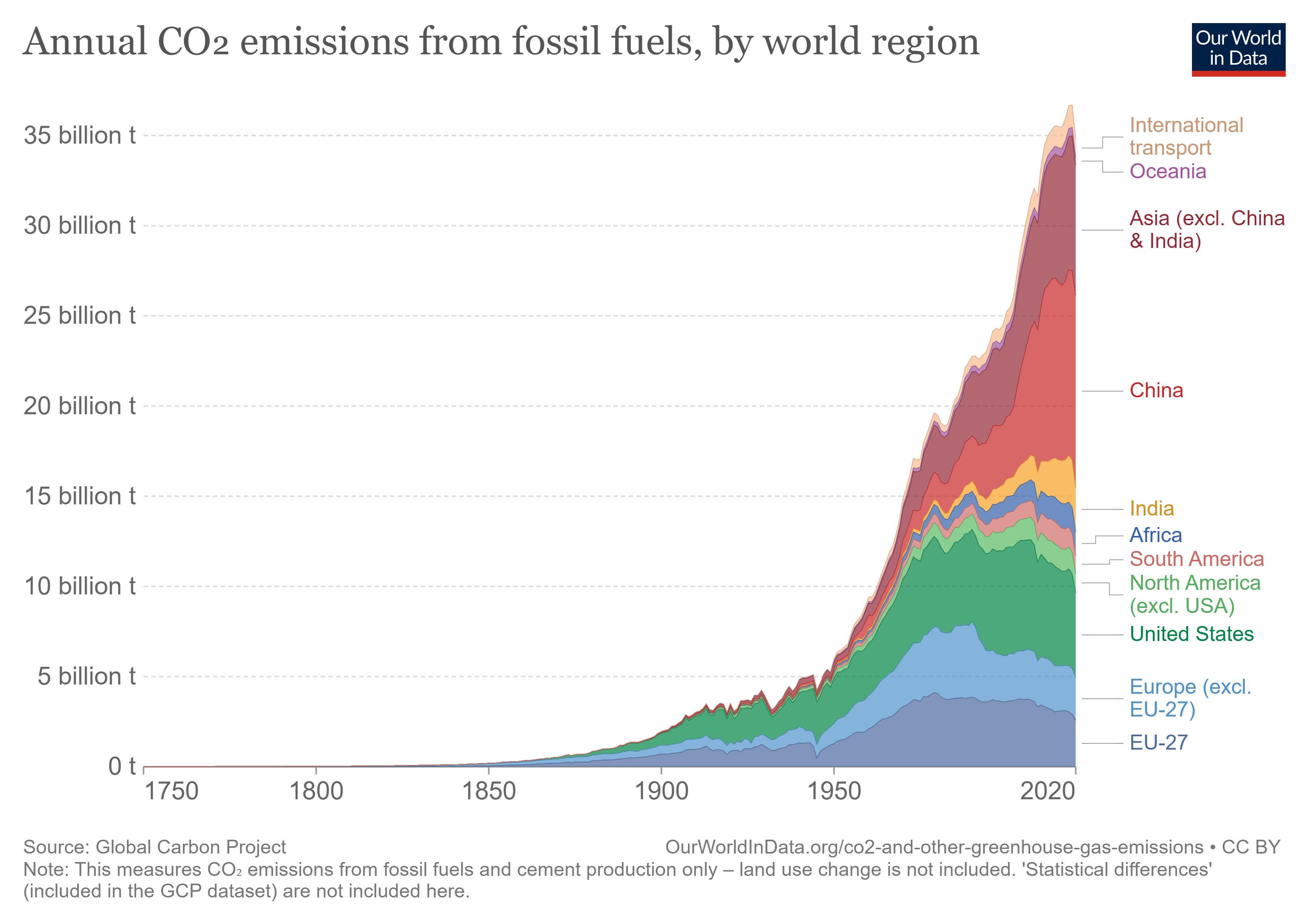


| 2. | What corporate financial institutions’ plans are mentioned in the passage? |
| Answer: |






| Extreme weather events have become more common all over the world in recent years, including Japan. Please give two examples of extreme weather. Explain how they will affect your life. |
| 1. | |
| 2. |


| Opening | Good morning/ afternoon/ evening. Today, I’d like to talk about (theme). I’ll discuss the two impacts/effects of extreme weather on our lives. |
| Body |
① (first example and effect) ② (second example and effect) |
Closing | These are the two impacts/effects of extreme weather on our lives. |

| Opening | Good morning/ afternoon/ evening. Today, I’d like to talk about (theme). I’ll discuss the two impacts/effects of extreme weather on our lives. |
| Body |
① __________________________________________ ② __________________________________________ |
| Closing | _____________________________________________ |



| Answer: |




